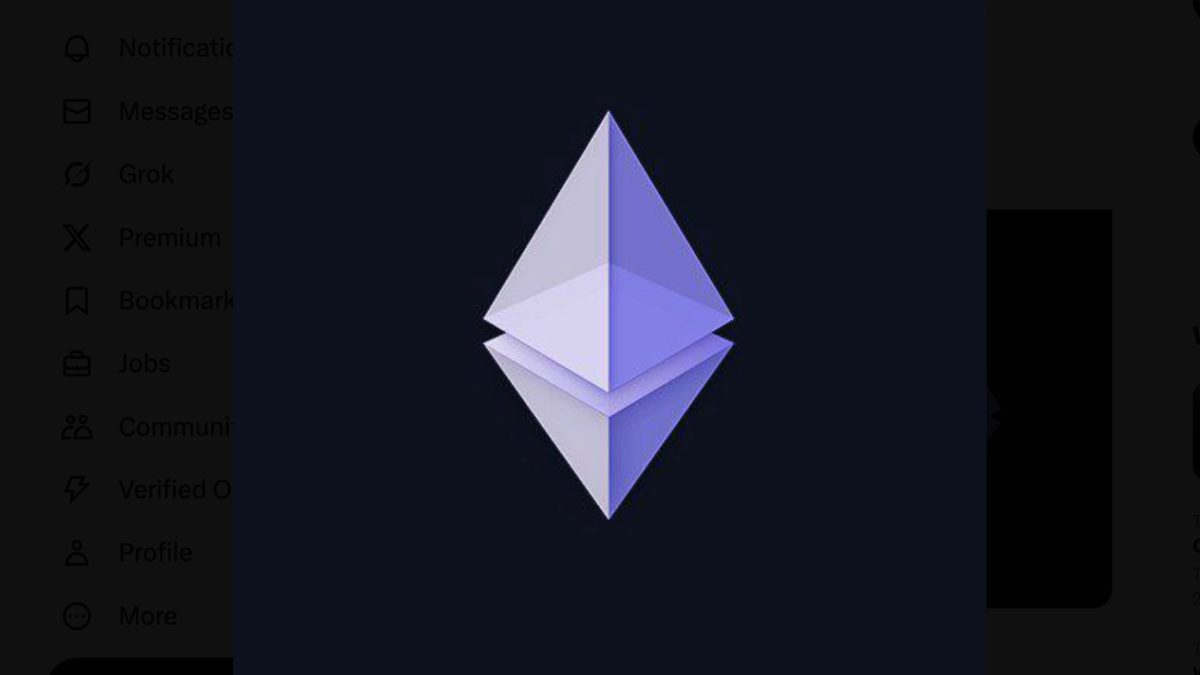ETHZilla to deploy about $47 million in ether to Puffer’s liquid restaking protocol
Quick Take ETHZilla has announced plans to deploy $47 million, about 10,600 ETH, to Puffer’s protocol to enhance treasury yields via liquid restaking. The move has followed ETHZilla’s $100 million EtherFi commitment earlier in September.

ETHZilla Corporation (ticker ETHZ) has announced plans to deploy approximately 10,600 ETH, valued at roughly $47 million, to Puffer, a liquid restaking protocol that the company expects will enhance yields on its corporate Ethereum treasury.
ETHZilla said it chose Puffer for its "2 ETH validator bond," a mechanism designed to provide active insurance against validator failures or malicious behavior.
"Deploying to Puffer advances our strategy of generating meaningful cash flow from Ethereum," Chairman and CEO McAndrew Rudisill said, framing the partnership as part of ETHZilla's push to pair institutional risk controls with DeFi-native yield.
Puffer is also building vertically across a liquid restaking token for capital efficiency, a Unifi-based rollup for composability, and a Preconf AVS for high-throughput settlement, according to Thursday's announcement . DefiLlama shows the protocol currently has about $172 million in total value locked.
The Peter Thiel-backed ETHZilla has leaned into restaking as a treasury strategy this month. On Sept. 2, the company said it would deploy $100 million of ETH with EtherFi , another liquid restaking protocol, to generate higher returns while contributing to Ethereum's security.
ETHZilla has also scaled its ether holdings and corporate actions in recent weeks. Earlier this month, the firm named Executive Chairman McAndrew Rudisill as CEO and disclosed 102,246 ETH on its balance sheet, along with cash, bringing its Ethereum treasury to nearly $500 million at the time following a Cumberland financing deal . In August, ETHZilla authorized a $250 million stock repurchase program, and in mid-August, the stock surged after Thiel took a stake.
Disclaimer: The content of this article solely reflects the author's opinion and does not represent the platform in any capacity. This article is not intended to serve as a reference for making investment decisions.
You may also like
Bitcoin Update: Federal Reserve's Balancing Act and Death Cross Indicate Extended Bitcoin Downturn
- Bitcoin fell below $91,000 amid $3B ETF outflows, technical "death cross" signals, and shifting Fed policy expectations. - BlackRock's IBIT saw record $523M outflows, while Mubadala tripled Bitcoin holdings despite market volatility. - Fed officials split on December rate cuts (46% chance now vs. 93.7% earlier), with Waller citing weak labor markets. - Stablecoin balances hit 11-month lows, Nansen traders added $5.7M short positions, and XRP derivatives stagnated. - Bitcoin and Ethereum entered technical

Hyperliquid News Today: Individual Investors Drive Equity Perpetuals Amid Heightened Risk Discussions
- Market participants advocate unrestricted stock leveraged perpetuals as a simpler alternative to 0DTE options, citing growing retail demand for leveraged equity exposure. - Decentralized platforms like trade.xyz and Felix dominate equity perpetuals trading, with Nasdaq 100 perpetuals generating $75M daily volume versus $5.5M on Ostium. - SafePal integrates Hyperliquid's perpetuals exchange into its wallet, reflecting DeFi's hybrid CeFi-DeFi evolution and expanding tokenized asset risk products. - Recent

Solana News Update: Solana's Swift Growth: Will Advancements Surpass Security Obstacles?
- Solana emerges as a high-performance Ethereum alternative, gaining traction in DeFi and Web3 due to scalability and low fees. - 21Shares launches a regulated Solana ETF (TSOL), offering institutional access but exposing investors to volatility and smart contract risks. - Bitcoin Munari (BTCM) aims to build institutional-grade Solana infrastructure with EVM compatibility and delegated proof-of-stake by 2027. - Despite growth, Solana faces network congestion and security challenges, though regulated produc

Bitcoin Updates Today: The Future of Bitcoin Miners in 2026 Depends on Competing with AI for Control Over Energy Resources
- Bitcoin miners face 2026 survival challenges as energy costs rise and AI data centers compete for cheap power, with U.S. wholesale electricity projected to increase 8.5%. - Structural risks like power contracts and mining pool concentration (6 pools control 95% of block production) threaten industry stability alongside capital-intensive expansion. - Federal policy gaps contrast with state-level initiatives (e.g., Texas) while firms pivot to AI/HPC, with mixed results as seen in Bit Digital's earnings and

